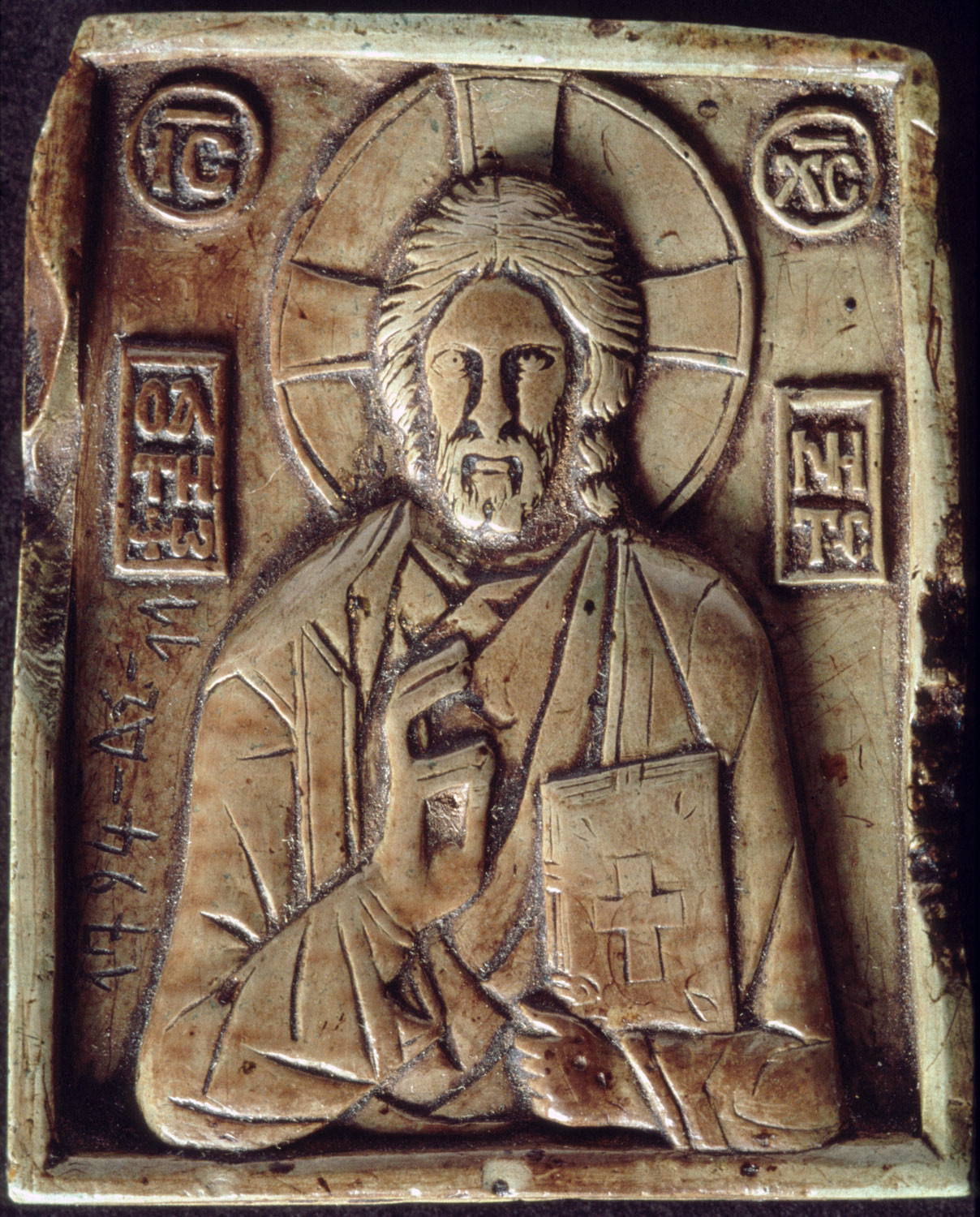Are you seeking for 'iconoclasm essay'? You can find your answers here.
Iconoclasm Essay Iconoclasm (Greek for “image-smashing”) was a religious motion against icons (religious portraits) in eighth–ninth century Byzantium. Religion art proliferated stylish the fourth hundred because of the patronage of fresh Christian emperors and aristocrats.
Table of contents
- Iconoclasm essay in 2021
- Iconoclast controversy cause and effect
- Famous iconoclasts
- Iconoclasm definition history
- Iconoclasm examples today
- What does iconoclastic mean
- Iconoclasm controversy
- Iconoclasm art examples
Iconoclasm essay in 2021
 This image shows iconoclasm essay.
This image shows iconoclasm essay.
Iconoclast controversy cause and effect
 This image demonstrates Iconoclast controversy cause and effect.
This image demonstrates Iconoclast controversy cause and effect.
Famous iconoclasts
 This image representes Famous iconoclasts.
This image representes Famous iconoclasts.
Iconoclasm definition history
 This image representes Iconoclasm definition history.
This image representes Iconoclasm definition history.
Iconoclasm examples today
 This picture illustrates Iconoclasm examples today.
This picture illustrates Iconoclasm examples today.
What does iconoclastic mean
 This picture illustrates What does iconoclastic mean.
This picture illustrates What does iconoclastic mean.
Iconoclasm controversy
 This image shows Iconoclasm controversy.
This image shows Iconoclasm controversy.
Iconoclasm art examples
 This picture demonstrates Iconoclasm art examples.
This picture demonstrates Iconoclasm art examples.
What did the term iconoclasm mean in ancient Egypt?
). Iconoclasm literally means “image breaking” and refers to a recurring historical impulse to break or destroy images for religious or political reasons. For example, in ancient Egypt, the carved visages of some pharaohs were obliterated by their successors; during the French Revolution, images of kings were defaced.
What was the controversy over the use of icons?
The Iconoclastic debate centered on the appropriate use of icons in religious veneration, and the precise relationship between the sacred personage and his/her image. Fear that the viewer misdirected his/her veneration toward the image rather than to the holy person represented in the image lay at the heart of this controversy.
Are there any surviving icons from the Iconoclastic period?
Very few early Byzantine icons survived the Iconoclastic period; notable exceptions are woven icons, painted icons preserved at the Monastery of Saint Catherine on Mount Sinai, Egypt, and the miniature icons found on Byzantine coins, including those of Justinian II (r. 685–95; 705–11).
Who was involved in the Byzantine Iconoclasm controversy?
In the Byzantine world, Iconoclasm refers to a theological debate involving both the Byzantine church and state. The controversy spanned roughly a century, during the years 726–87 and 815–43. In these decades, imperial legislation barred the production and use of figural images; simultaneously,...
Last Update: Oct 2021